Pumpernickel is quite often in American baking a different creature then it's forebearer in Germany. For instance the addition of coloring in the form of molasses, cocoa, coffee, and even caramel. Rather then the long cooking in low temperatures that rely solely on the maillard reaction, a non-enzymatic browning similar to caramelization. Or even the addition of an old piece of dough that is toasted and soaked. This particular formula I found amongst my notes from school, (FCI), with lots of parenthesis and half scrawled notes, I reduced the amounts from the usual 10 kilo base recipes we used to make for our classes, which provided for the schools restuarant. This only called for a liquid levain, and just a hint of caramel as far as coloring, the rest was some caraway powder. Quite often, American Pumpernickel is just a rye, with a bit of high gluten wheat to make it a chewier loaf rather then the loaf pan version of many of it's German counterpart. This is all of the above and I am still working out minus better notes on times for bulk, final proof. The majority of hydration is in the wheat liquid starter, and the first effort was minus commercial yeast, so it tended to be a bit dense without that extra quick rise, it's a work in progress for sure.
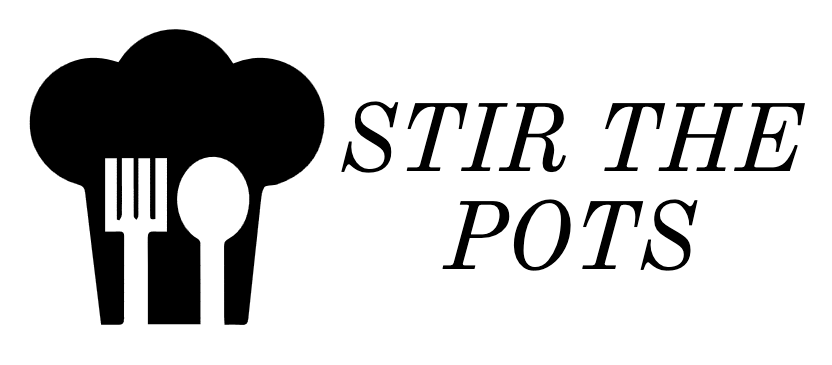
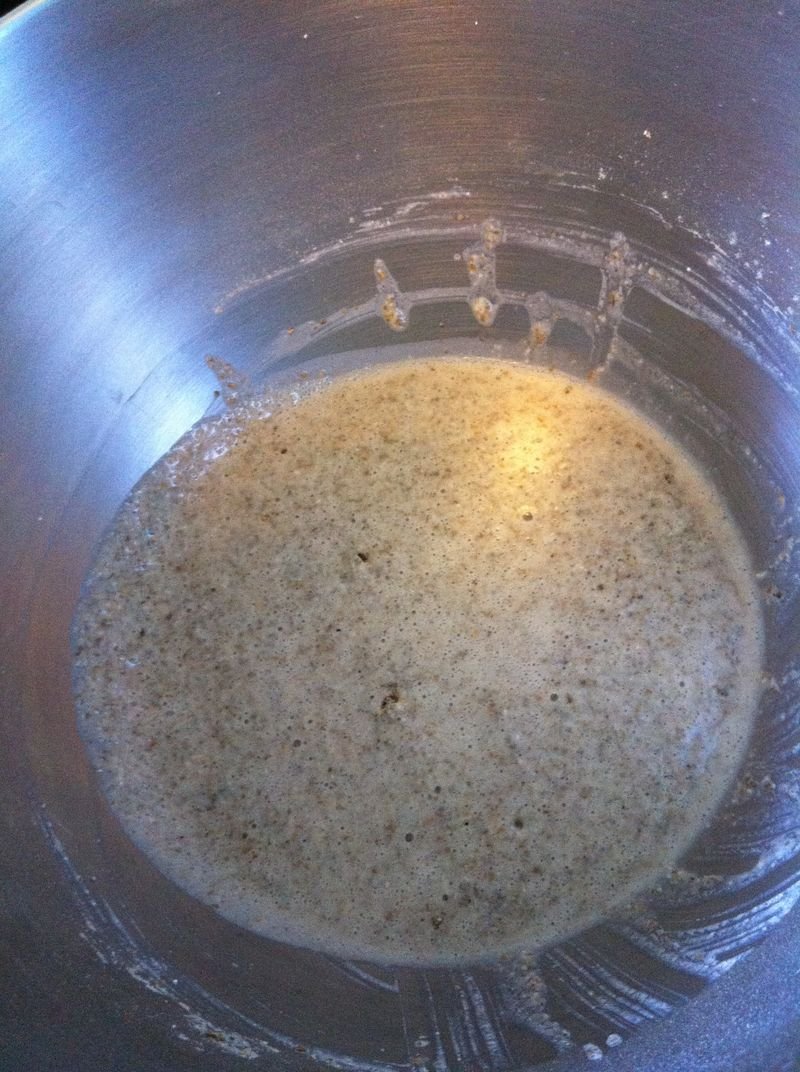
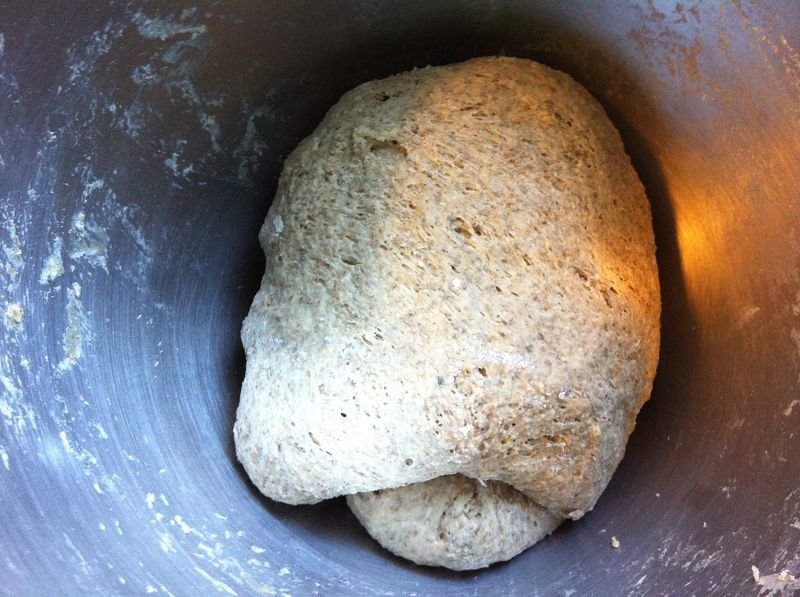
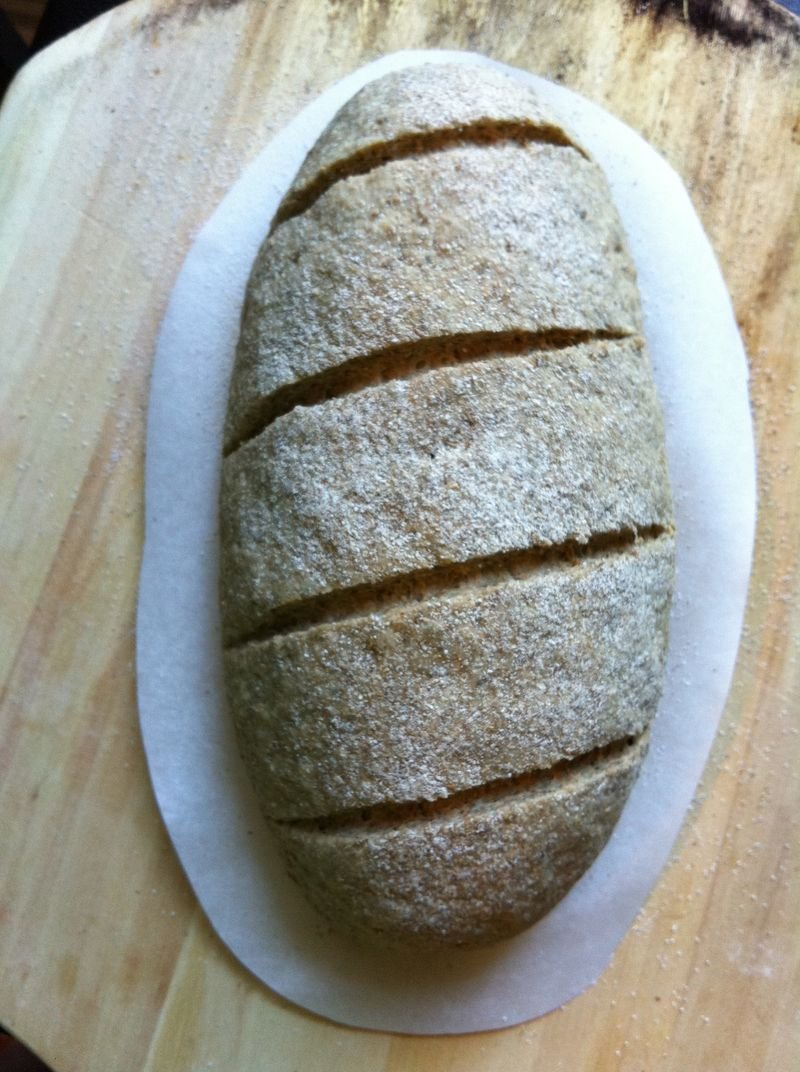
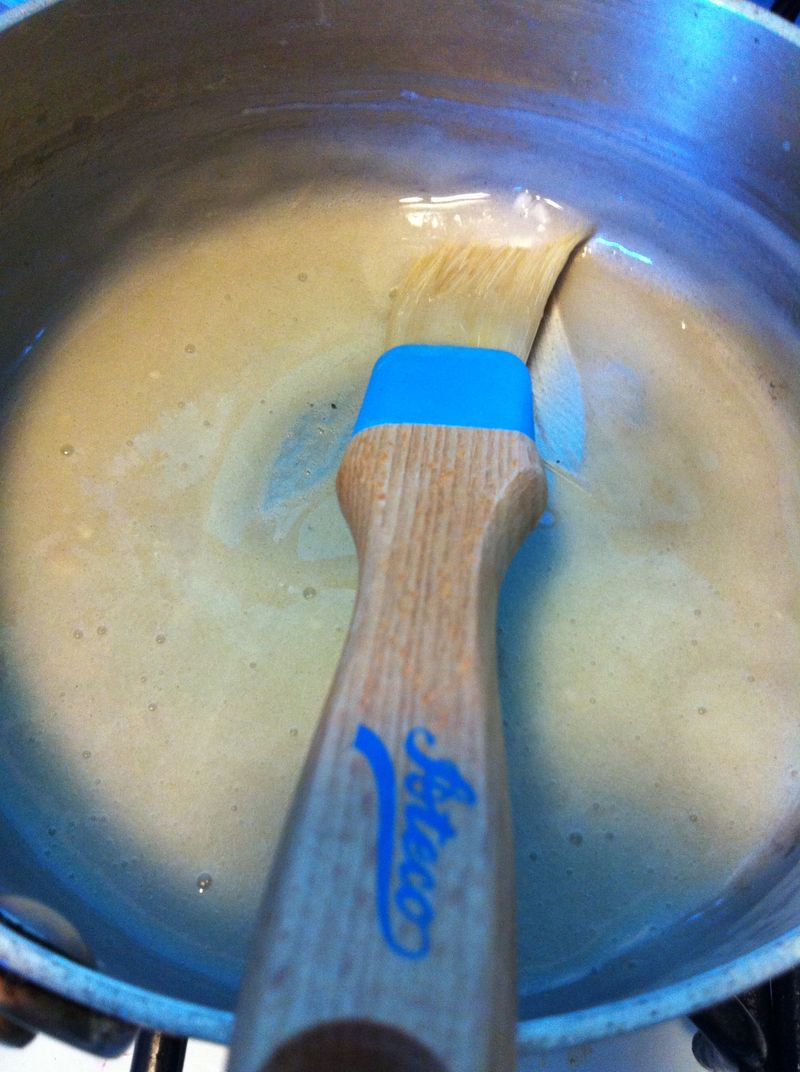
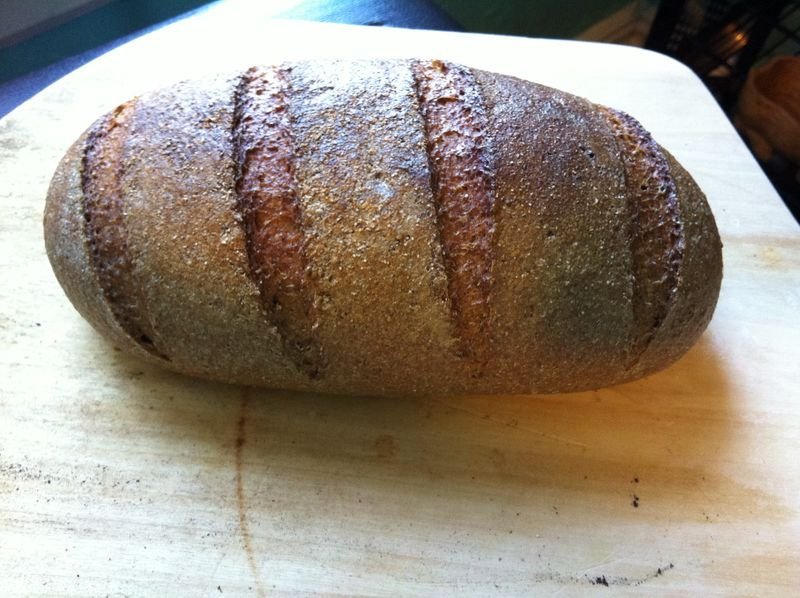
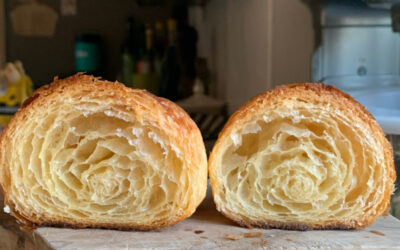
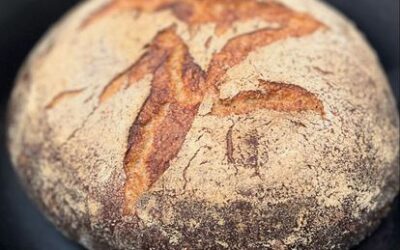
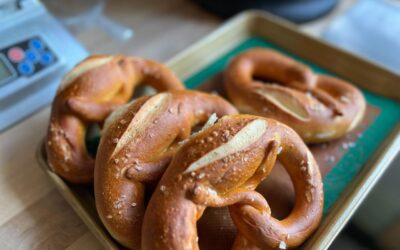
0 Comments